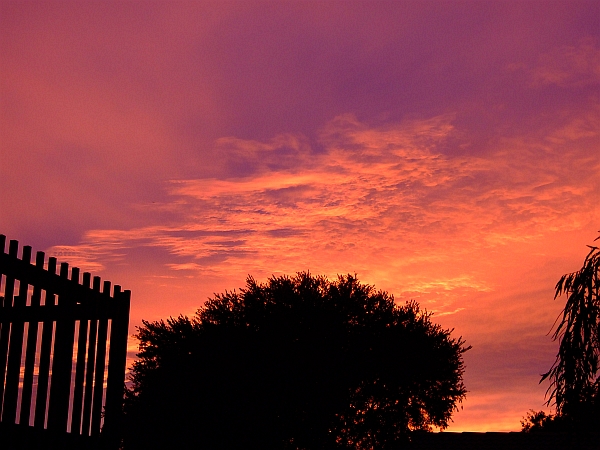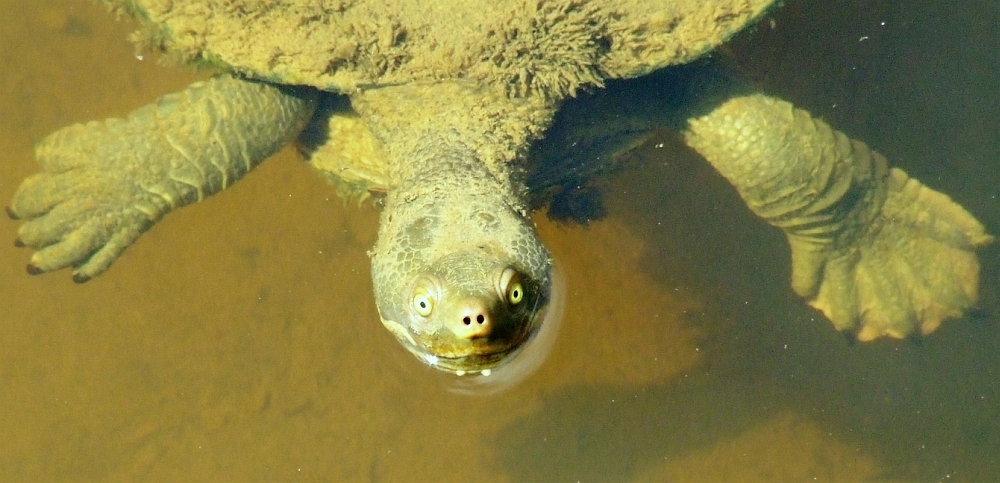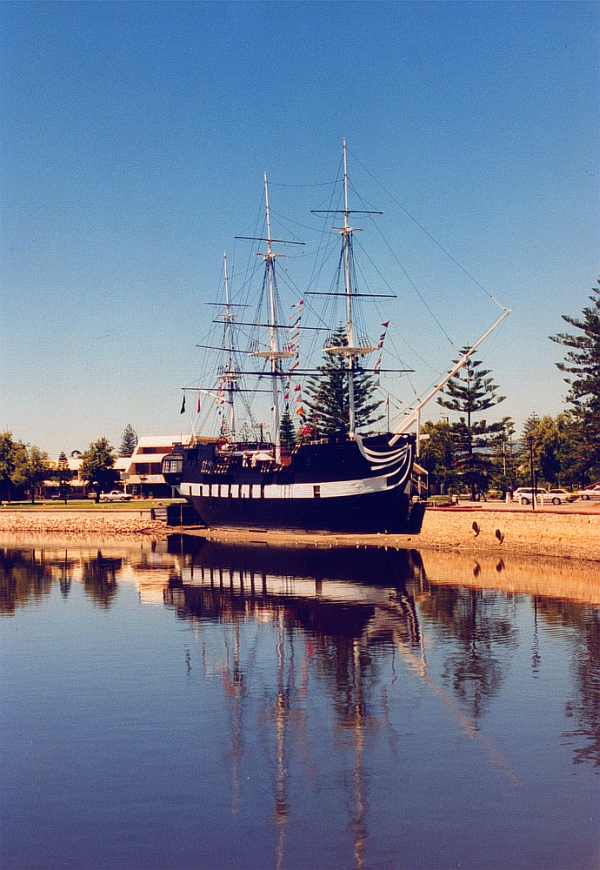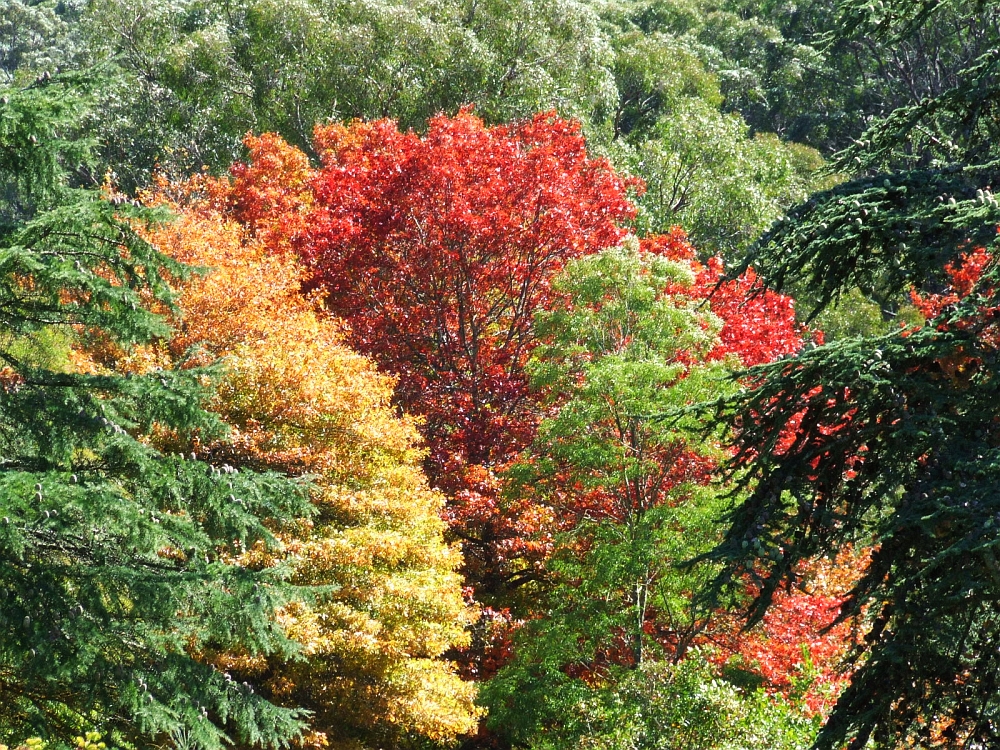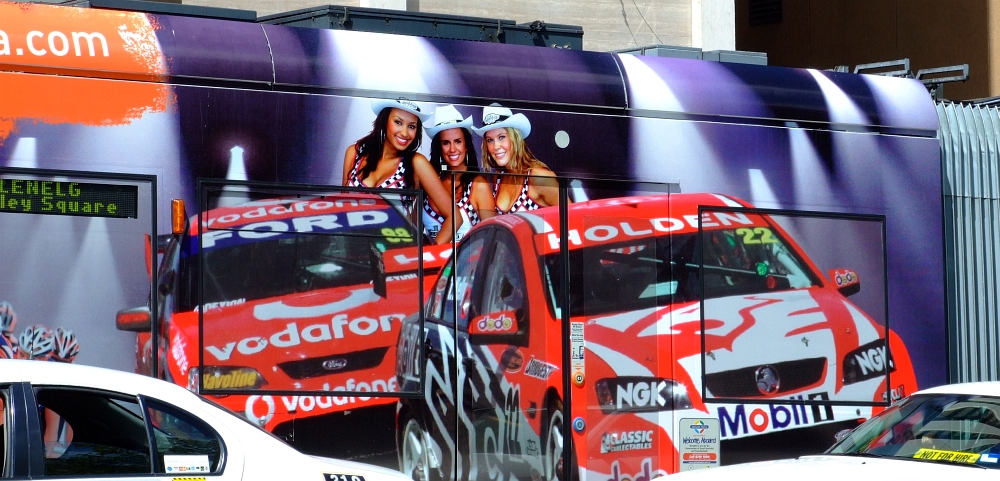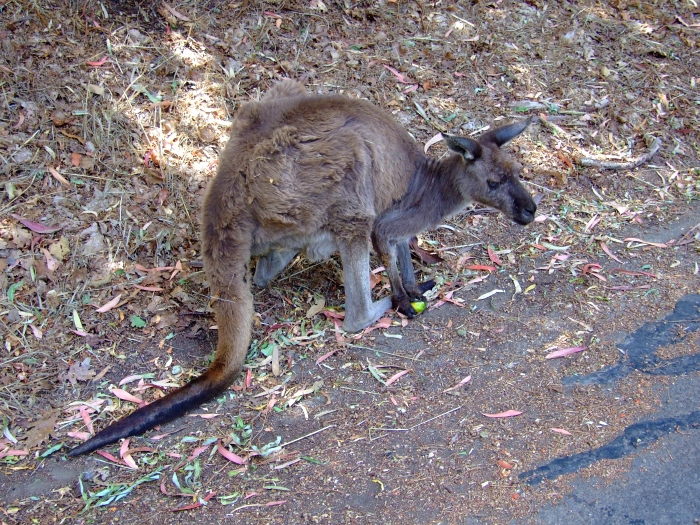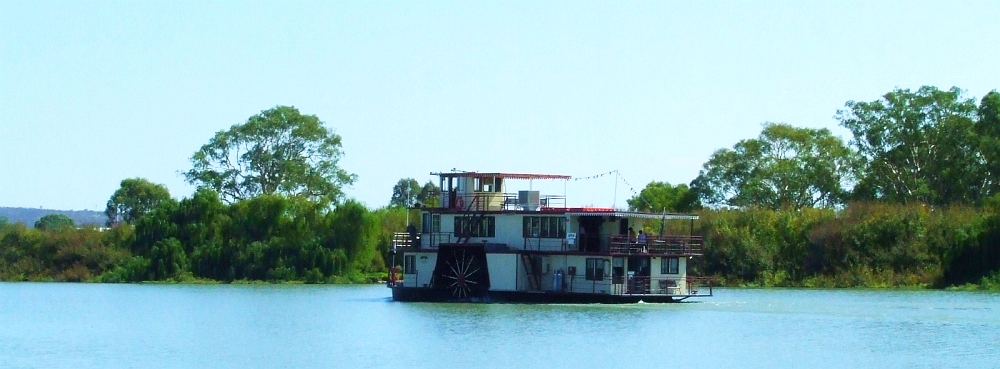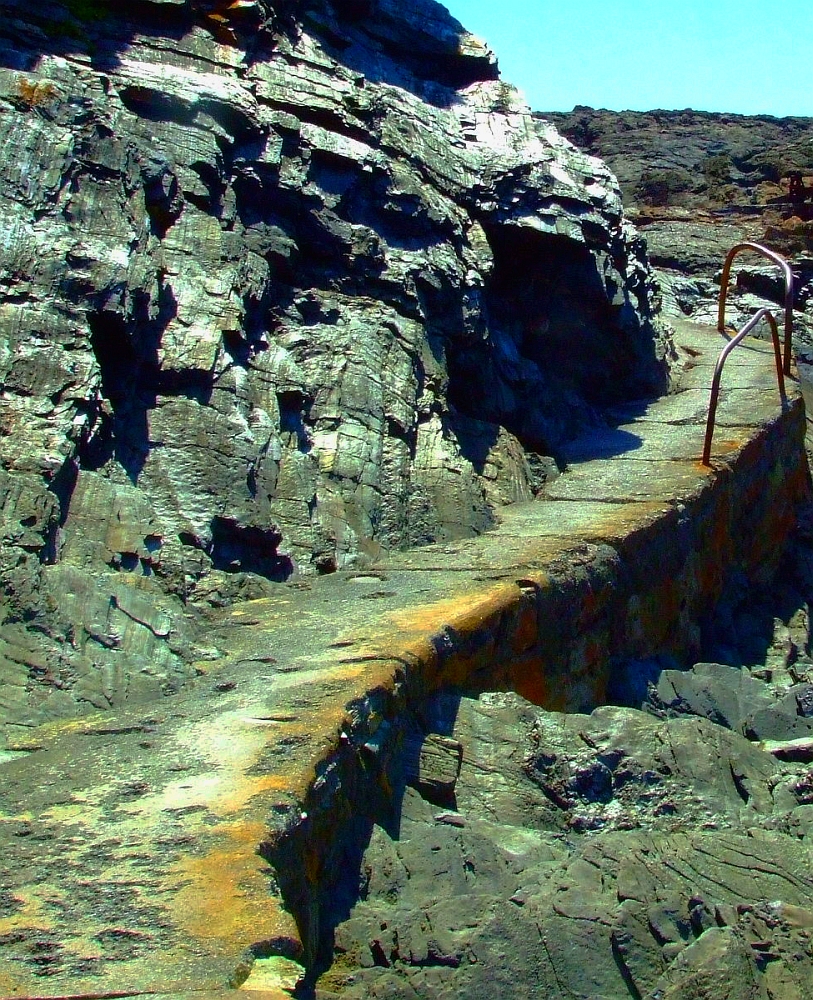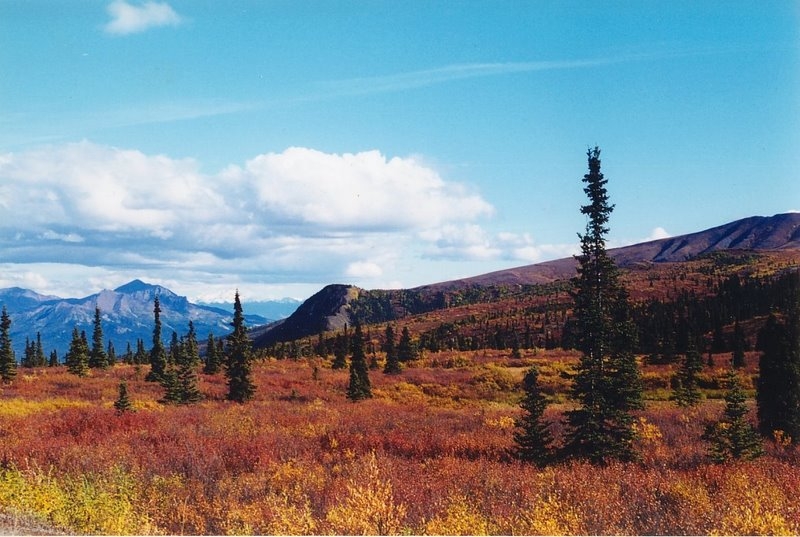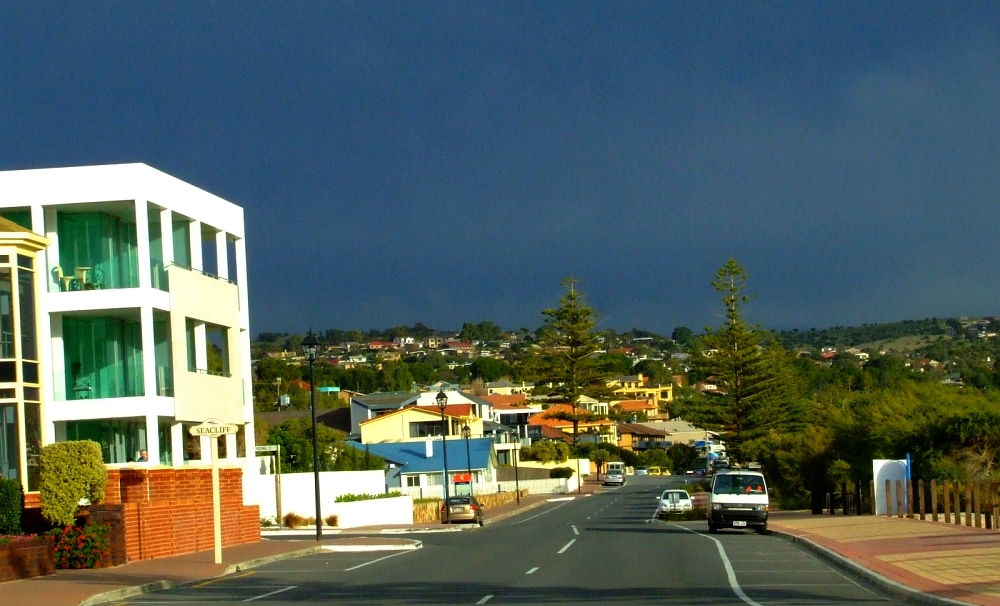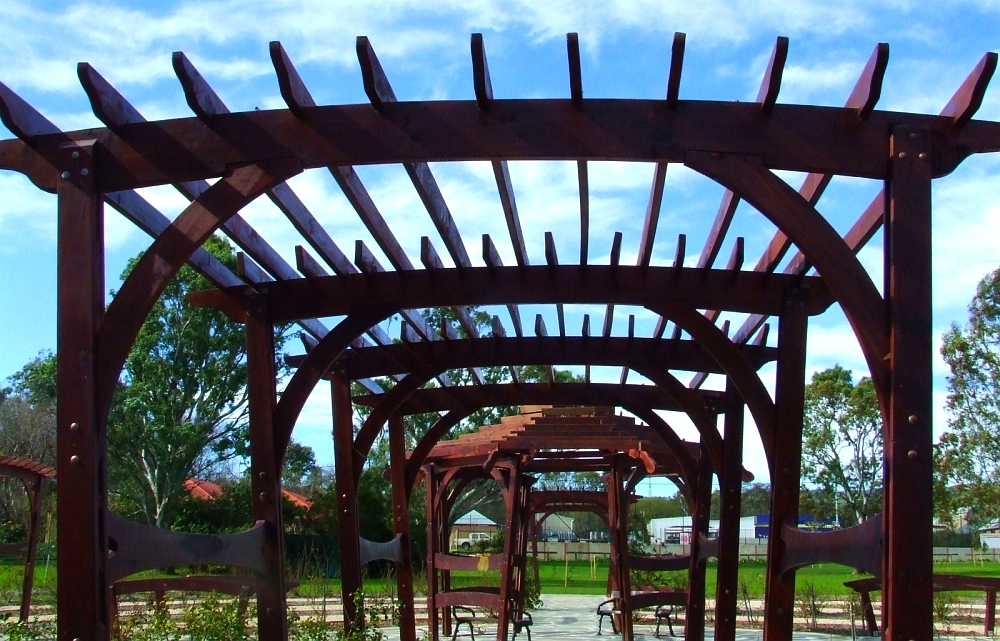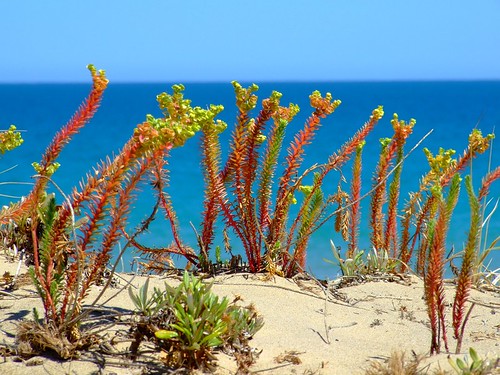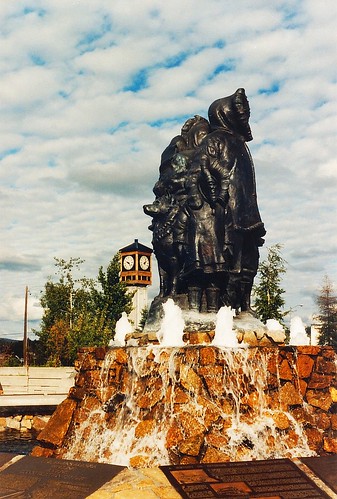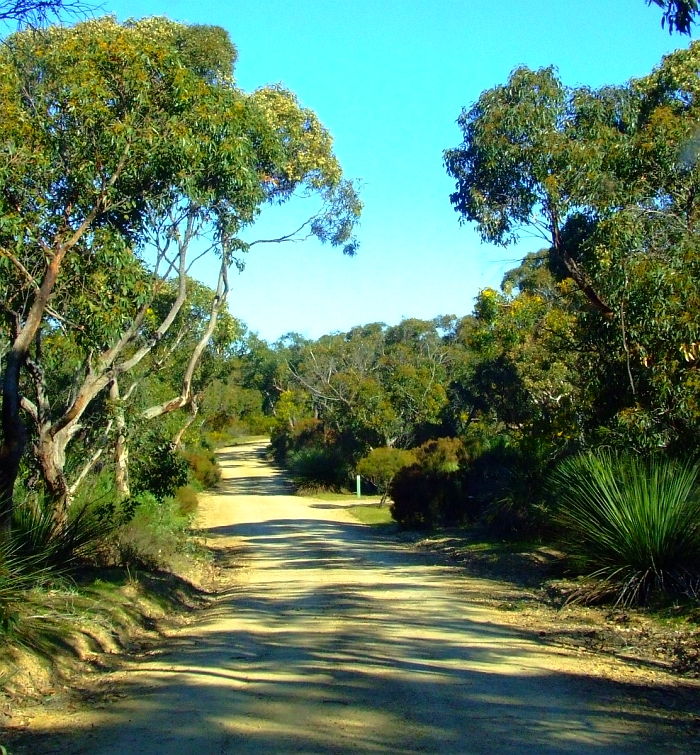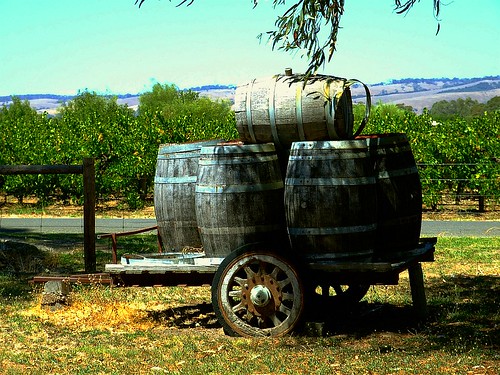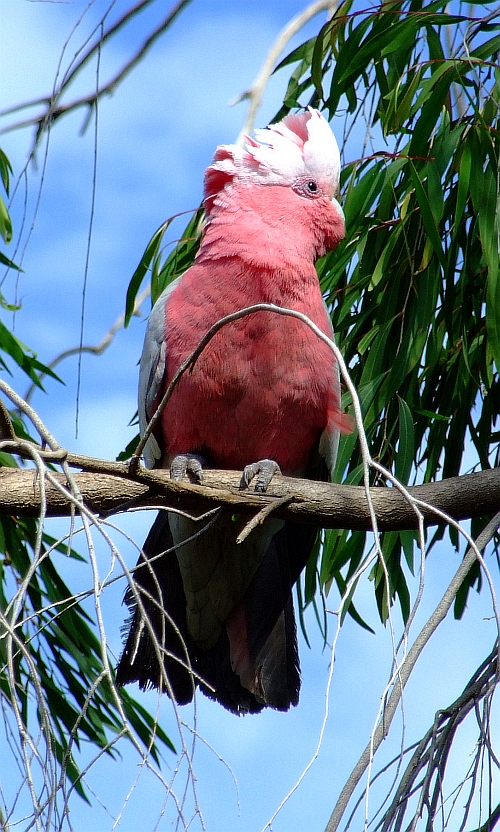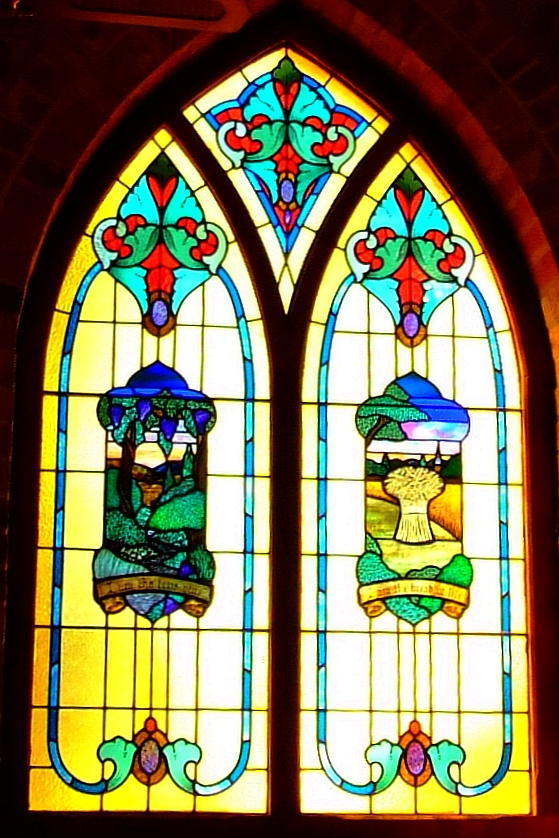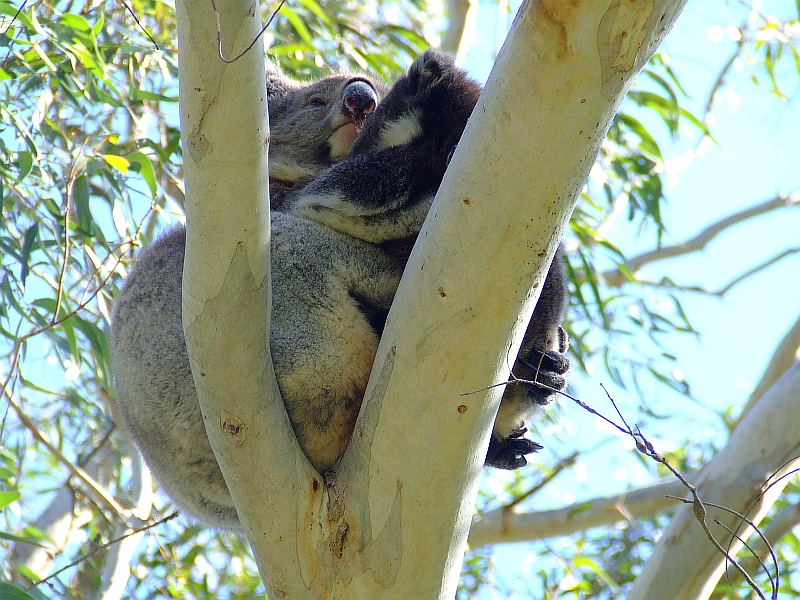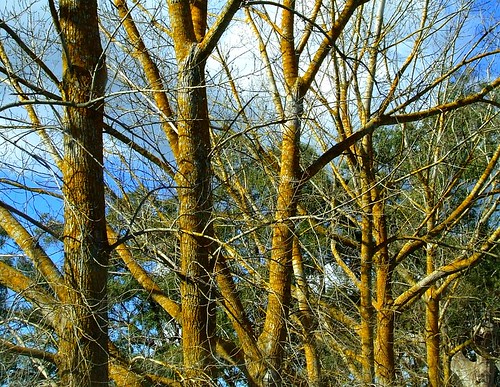
Click here to view the whole image at 1000 pixels wide.
Two major highways run between Anchorage and Fairbanks, Alaska. It takes about seven hours to drive the shorter of the two (the Parks Highway), which is 323 miles/520 km, long ... or, that's the theory. The fact is, you can take twelve hours to drive it -- if you stop every ten minutes up the road for a photo-op. And believe me, the ops are almost everywhere you look. It's one of the most scenic highways in the world, especially in winter. This section above is Broad Pass, photographed in the late winter of 1999. I stood in the middle of the road and turned a complete three-sixty, creating a long, long panorama. The straight horizontal line you see in the lower section of the shot is the railroad. And yes, it was cold. Very cold. It was also extremely bright, with the sun reflecting off the snow. The camera was the Pentax K-1000; the filmstock was Kodak Royal Gold 200. The old print is now fading, and after it was scanned at 600dpi it was intensively ehnanced to return the digital photo to the original colors and brightness. Photo by Mel, 1999.


